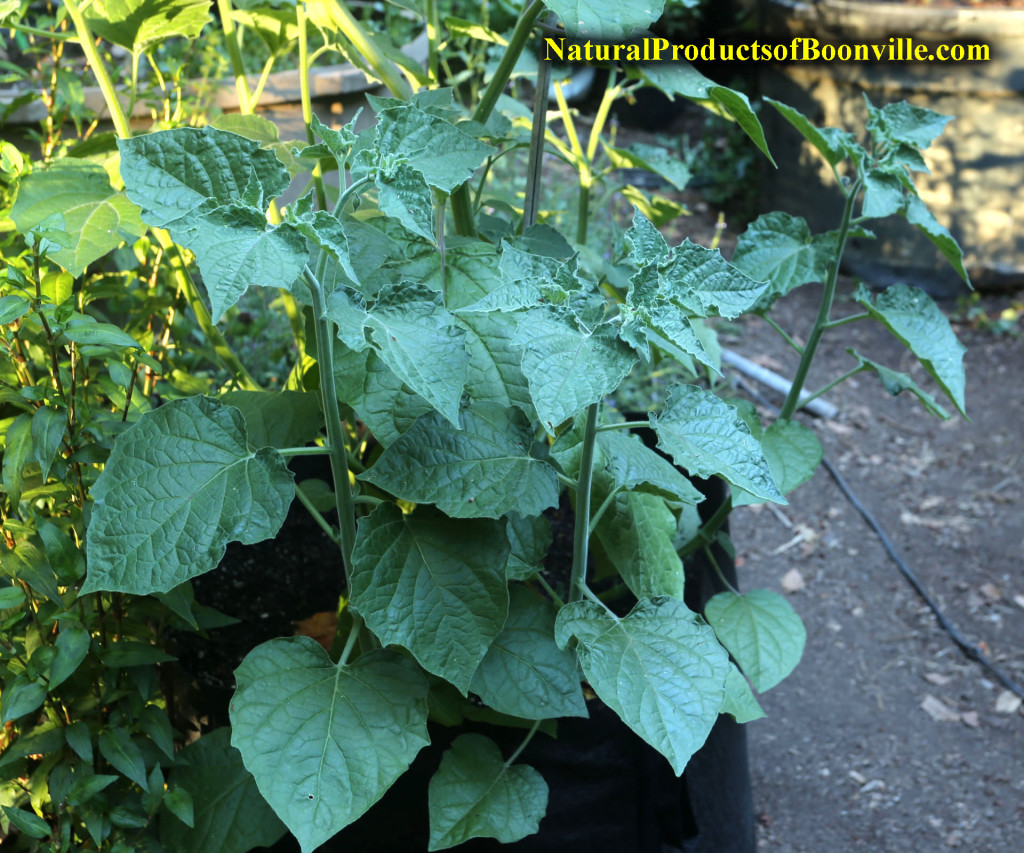Physalis peruviana
All plant parts of the golden-berry other than ripe fruit, including the unripe fruit, are considered to be poisonous. The fruit are harvested after their husks have fallen to the ground, but care is needed to be sure that they have turned golden-yellow and are fully ripe. Mature fruit will keep for several months.
The ripe fruit can be eaten fresh out of hand or used in salads and cooked dishes. They are also popular dipped in chocolate or candied or dried into golden “raisins”.
English: pichuberries (USA), Cape gooseberry (South Africa, UK), African ground cherry, Aztec berry, Barbados gooseberry, bladderberry, giant ground cherry, Goldenberry, golden berry, golden Cape gooseberry, golden husk goldenberry, gooseberry tomato, ground cherry, ground-cherry, groundcherry, Husk Cherry, Inca berry, love apple, Peruvian cherry, Peruvian groundcherry, Peruvian Ground Cherry, Peruvian cherry, Peruvian tomato, Poha, Poha Berry, strawberry tomato, wild gooseberry, winter cherry. (Not related to any true cherry or true gooseberry.)
French: amour en cage
Italian: alchechengi.
Spanish: uchuva (Colombia)
This plant is originally from Brazil but has become naturalized in Peru and Chile.
It has been cultivated in England and South Africa for more than 200 years. It has become distributed almost worldwide and is regarded to be an invasive pest in frost-free climates such as Hawaii.
It is cultivated in many of the African nations, also in Turkey, India, Australia, New Zealand, Ecuador, Venezuela, Colombia, Chile, and Peru.
It was reported to be potentially harmful to the heart health of men if they consume massive quantities of the fruit (>5 kg of fruit per kg of body weight). This does not appear to pose a significant risk factor as people always ingest far less.














